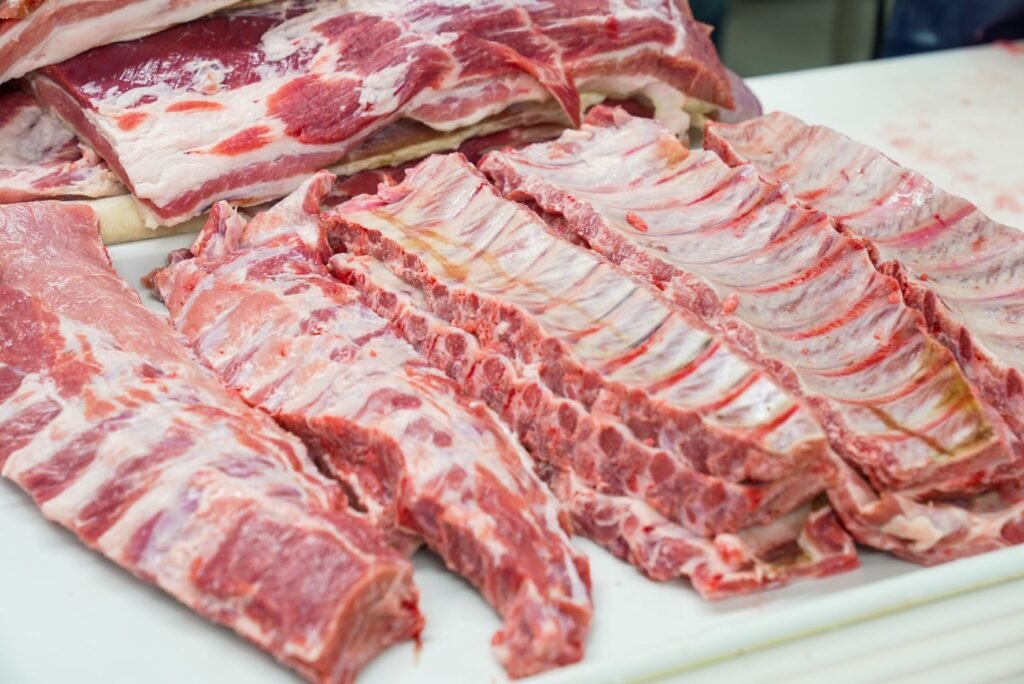
After the surge of the COVID-19 pandemic, more and more livestock farmers are having a hard time in the meat processing industry. Due to the numerous lockdowns and limited interaction, most businesses had to temporarily close their business.
Now that the cases have gone down, small businesses are back in the running. If you want to gain your customers before or reach a new target market, keep in mind the following tips and tricks on how to sell meat effectively.
Showcase what’s unique about your meat.
A large chain grocery store would have more chances to give discounts to customers. A small meat shop may not have the advertising budget to provide discounts on its product. Small businesses may also be limited in announcing their weekly deals, specials, and location. So, small businesses would make the most out of what they can do.
For example, the sign on the window should tell target customers all about your shop’s benefits. It should say things like “Special orders are welcomed.”, “Quality beef aged here.”, and “Meat hand-cut to order.”
It would help if you showcased what makes your business special when you have the chance. You can use social media and banners to tell the locals what makes your meat different from others. Also, if you have daily specials, you can add a chalkboard out front to tell customers what’s fresh in your store today.
What about the packaging?
Have you decided on how you want to package your meat? You can try vacuum packaging. It’s a technology that removes the air to create an airtight seal. It promotes longer shelf life and ensures its freshness in the freezer.
If you’re thinking of using vacuum packaging, consider using Bone Guard sleeves to ensure that there’s no leakage in your packaging. These sleeves also offer higher clarity, resulting in a magnificent presentation for your customers to look at. It shrinks tightly to the meat, so you can rest assured that your product is safe to store and eat.
Decide on the logo for your brand as well. In a small business, the packaging is everything. Your customers may remember you based on your beautiful and efficient packaging.
So, ensure that you’ve put much thought into the logo design and packaging. Don’t just place the meat in a plastic bag. Get creative!
Explain how you acquire the meat.
Your shop’s first and most loyal customers are likely within five miles of your location. As mentioned above, you have to compete with chain groceries that sell numerous poultry meat. One of the things these big groceries don’t have is explaining how they acquired the poultry.
It is something that you can do. Give your customers assurance that you’re transparent enough to tell them the entire process of acquiring the meat. Of course, don’t just shove it in their face when they enter the store since some may not like this that much. Instead, you can place this information at the back of the packaging or include a pamphlet.
Go local.
Encourage your neighbours and community to purchase your meat. When your target market knows that the product is local-sourced, their decision-making process may come in your favour. If you have a farmer’s market in your town, you can also sell your product there. This way, you’re surrounded by fellow local entrepreneurs. It gives customers more accessible access to what you’re selling as well.
Ensure trust.
How can you ensure trust in your local customers? Well, as mentioned above, you should be as transparent as possible. You can document every critical process on your social media handles. It’s so that your target customers can see how well you take care of your product. Additionally, check your meat to ensure that it’s safe to eat.
Learn more about your target market.
Learn more about the surrounding neighbourhoods. Try to learn about the highest population of religion and ethnicity. It’s because different groups prefer different cuts of meat. Try to cater to every faith and ethnicity’s preferences on poultry. Some religions prohibit pork, while others prohibit eating beef.
You should know these kinds of preferences to cater to everyone. Make your shop more friendly and welcoming by adding bilingual labels on the aisle signs and packages. Indeed, they may already know how to speak and read English, but seeing the language they grew up in sends the message that they’re welcome and safe in your shop.
Also, some cuts of meat may be named differently in other parts of the world. For example, an Arm Roast is also known as a round pot roast. A mock tender roast may be known as a chuck steak for some.
Finally, advertise your shop in the local newspapers that they read. You can also add it to the local school newsletters and performance programs; be sure to ask permission before doing this.
Price it reasonably.
The meat sold in big groceries has delivery charges added up to them. You would have to pay less for delivery than a local meat shop. As such, be sure to price it reasonably. You can ask for help when deciding how much the costs of your meat would be.
Of course, it would depend on the weight of the meat and what cut and meat customers wanted to purchase. These are things that you have to decide, however.
Final Thoughts
Don’t fret, even if you’re a small meat market. With the tips mentioned above, you’ll soon be flourishing in this industry. Also, having a butcher who knows and memorises the meat preferences of its customers would make your customer loyal. When it comes to meat, choose nothing but the best for your customers.
